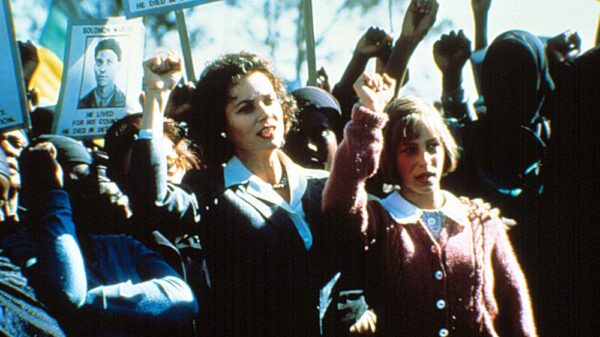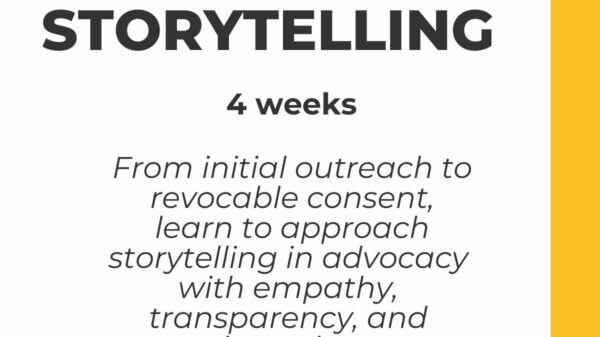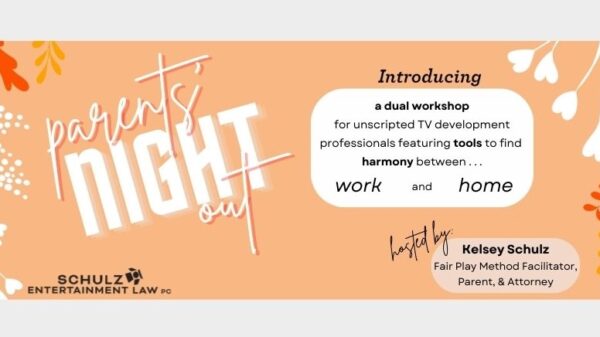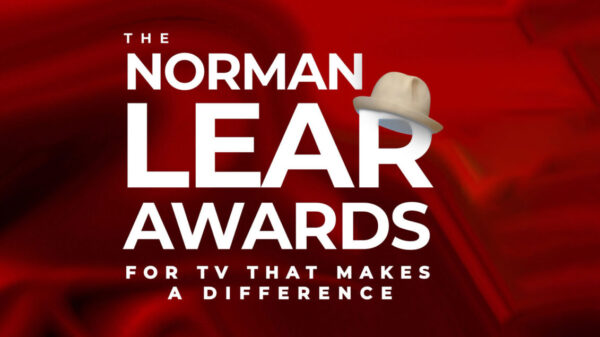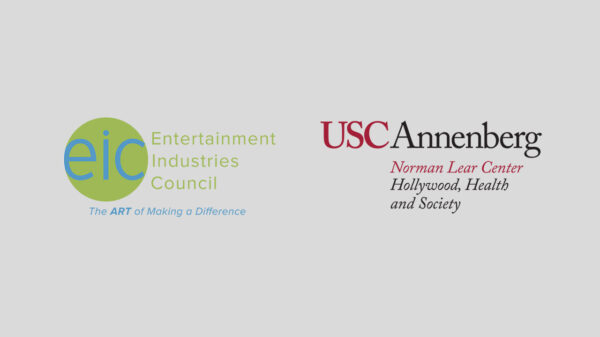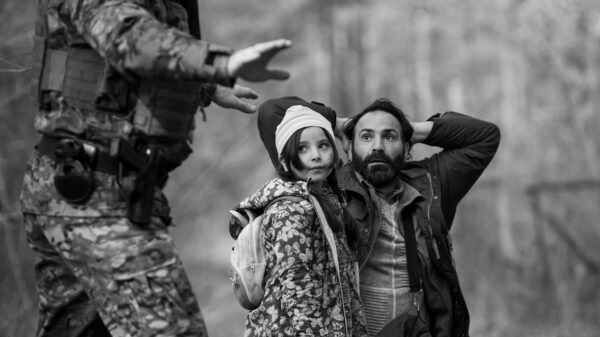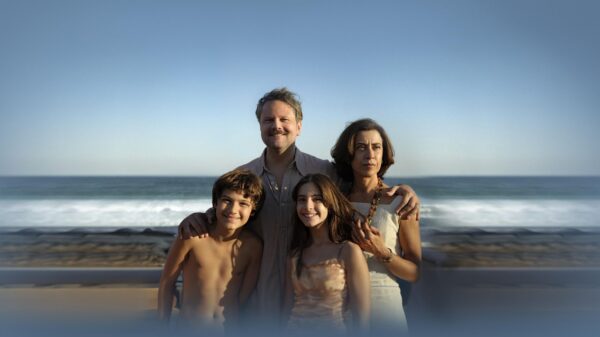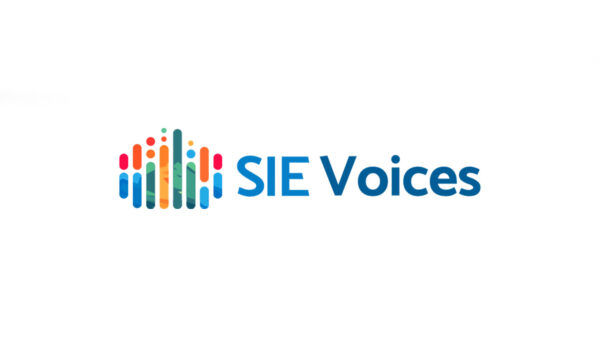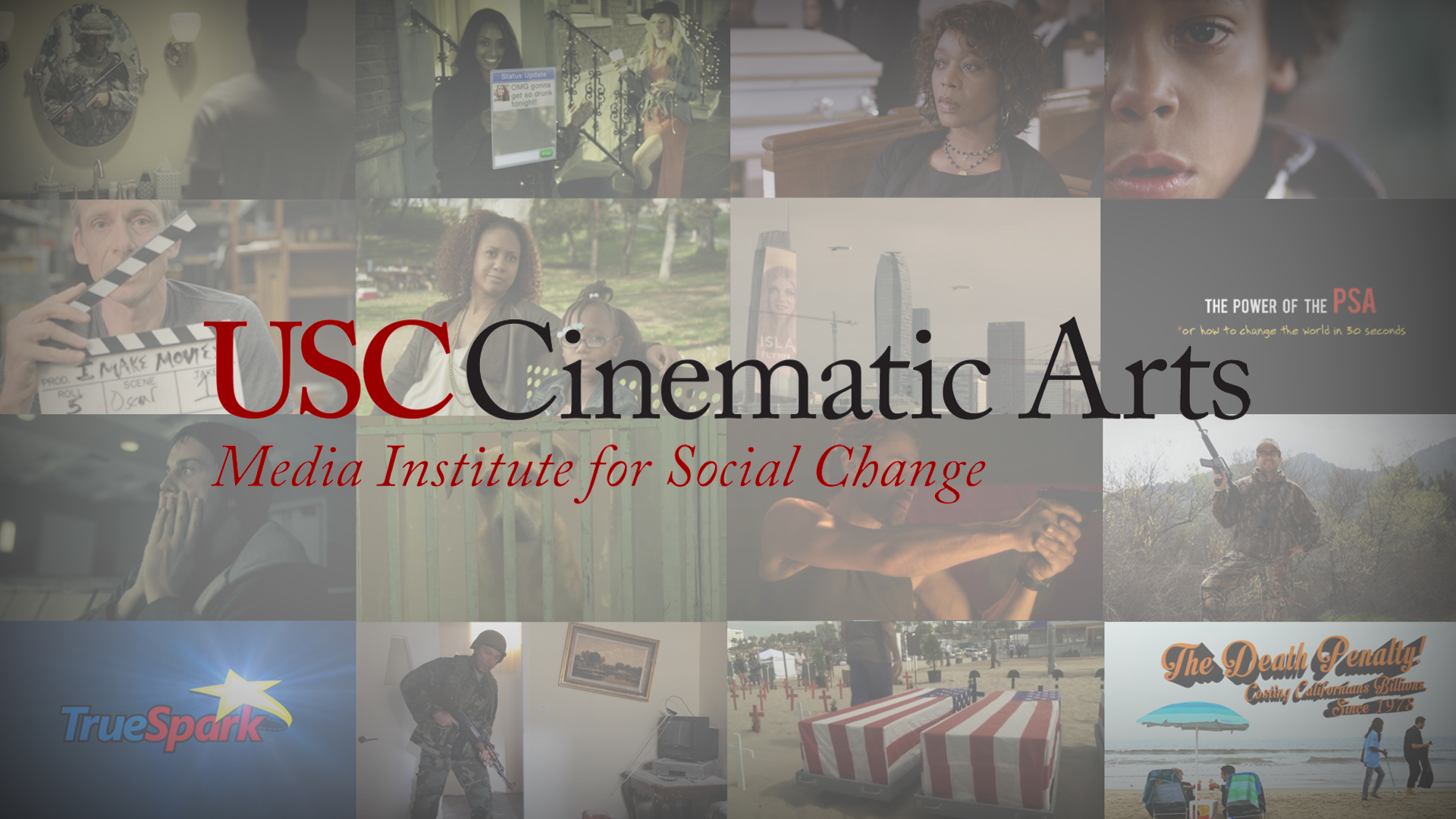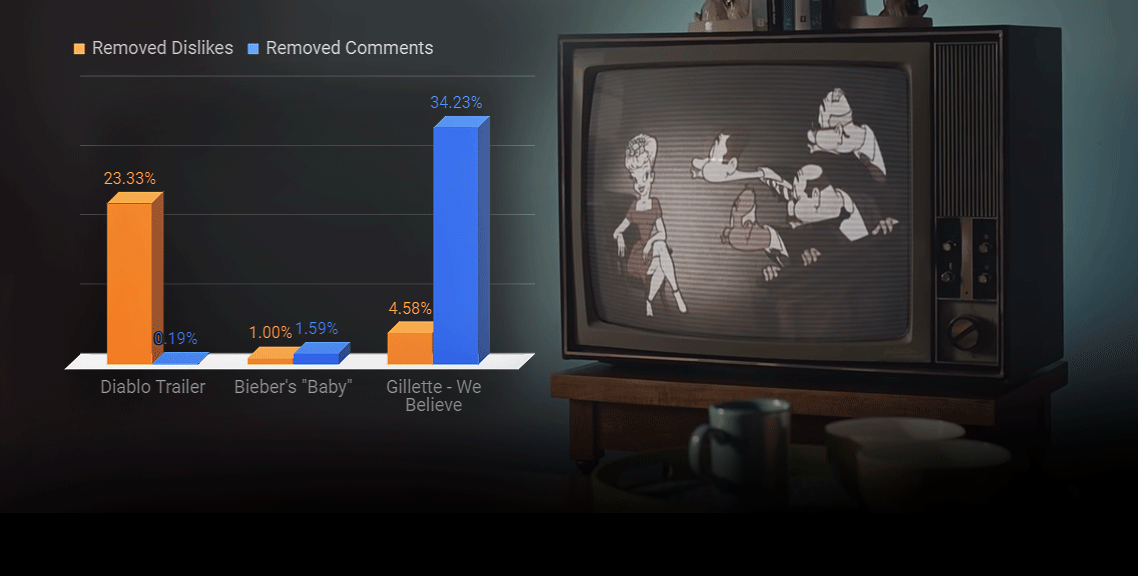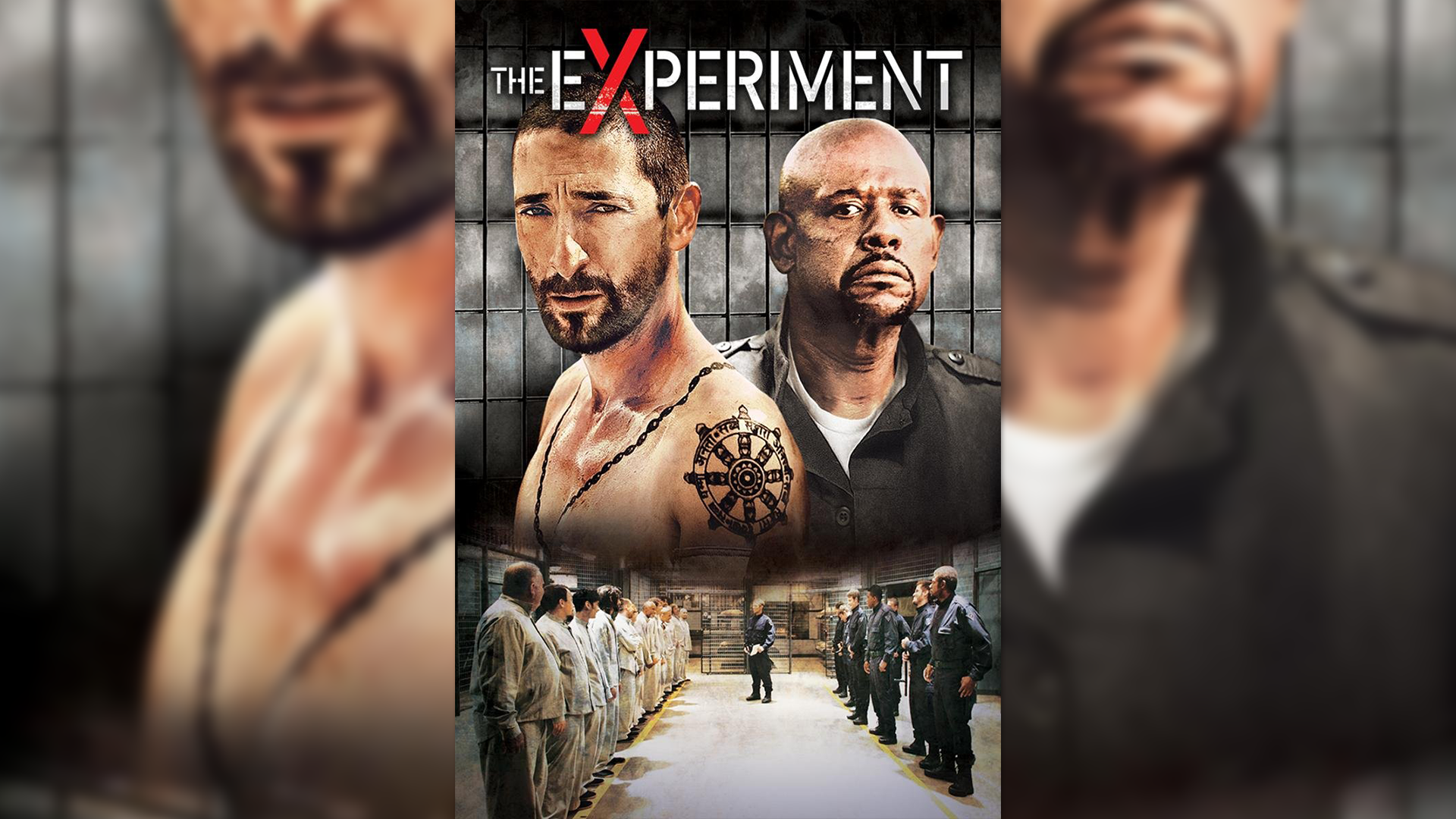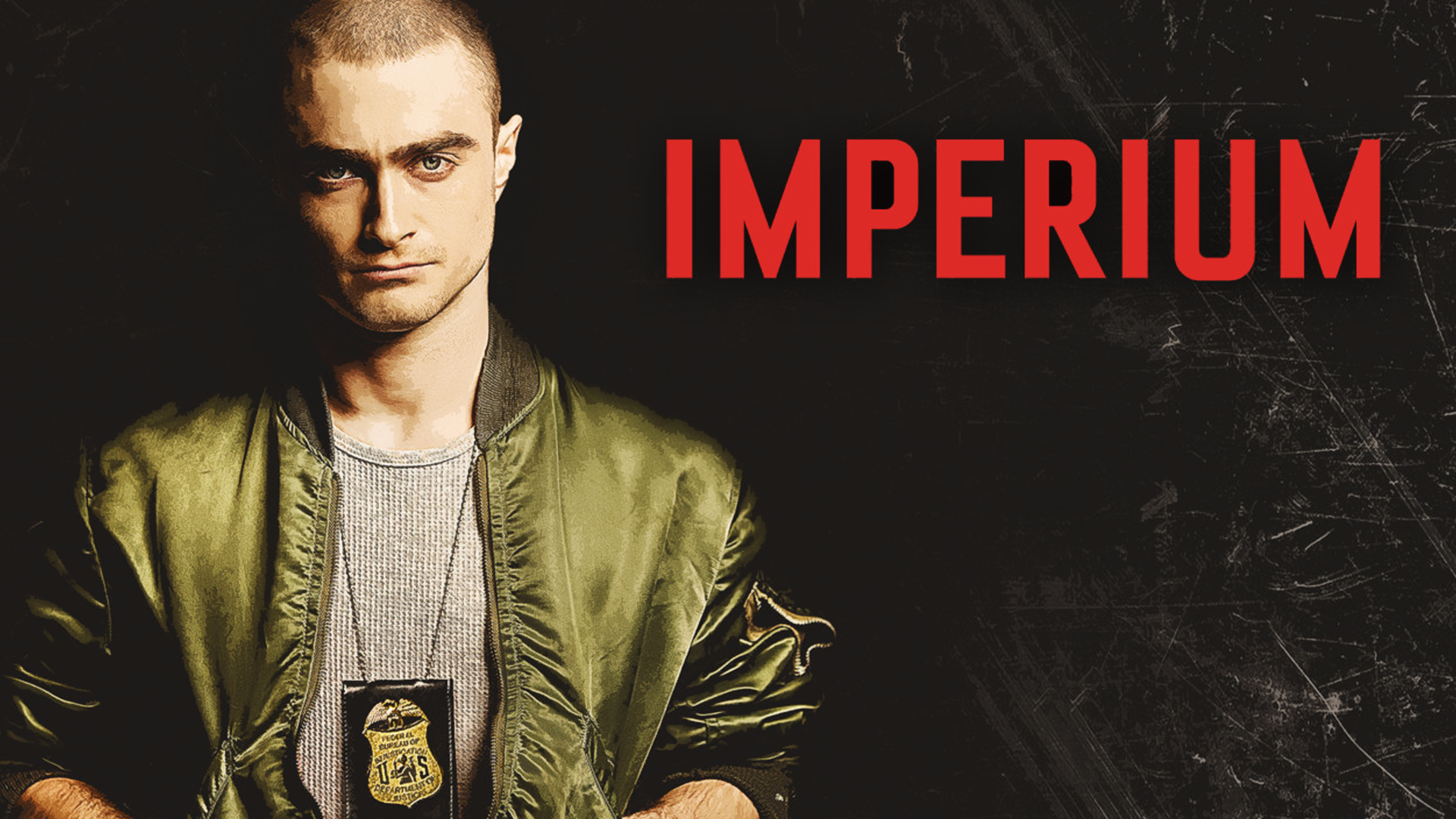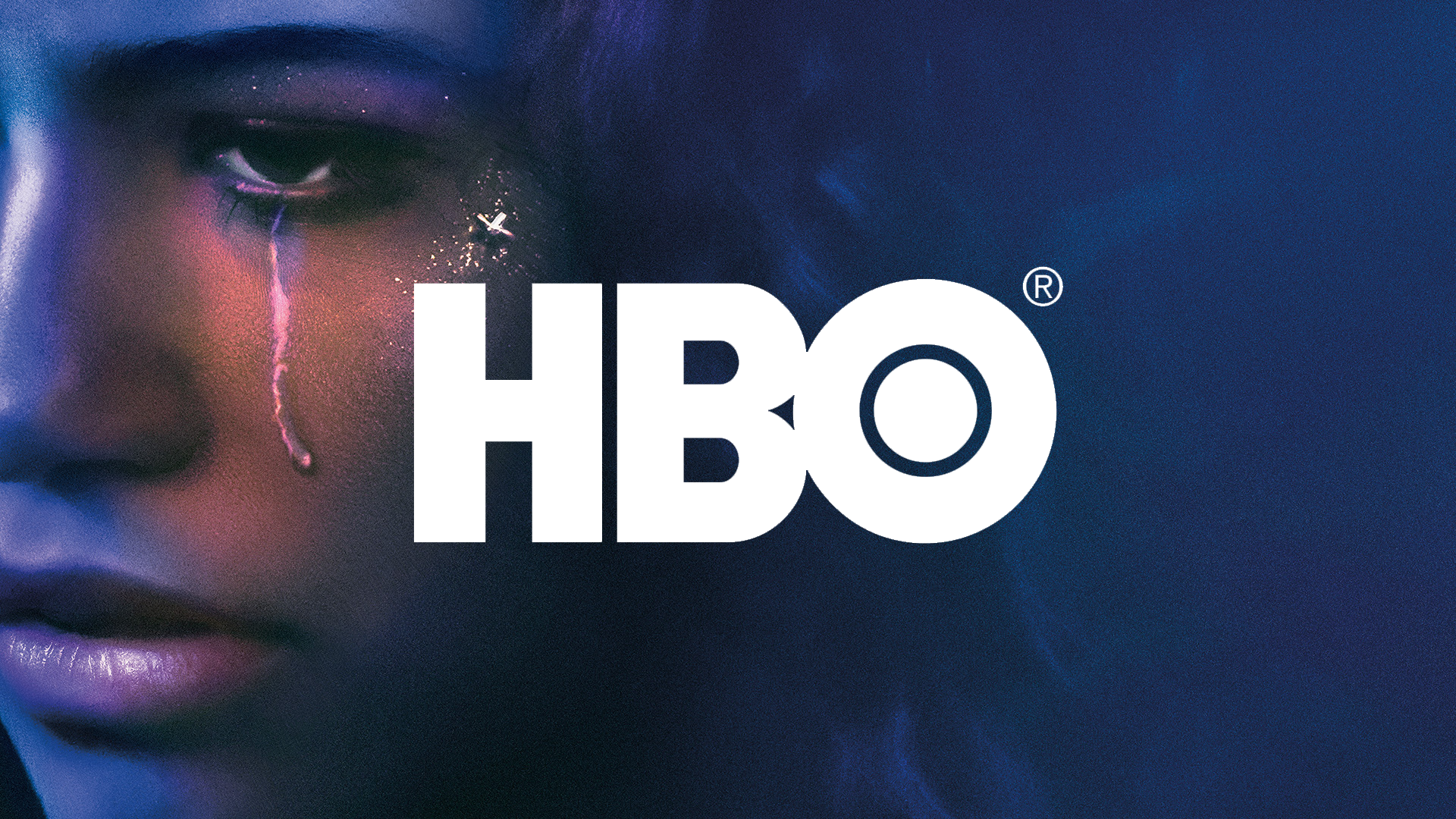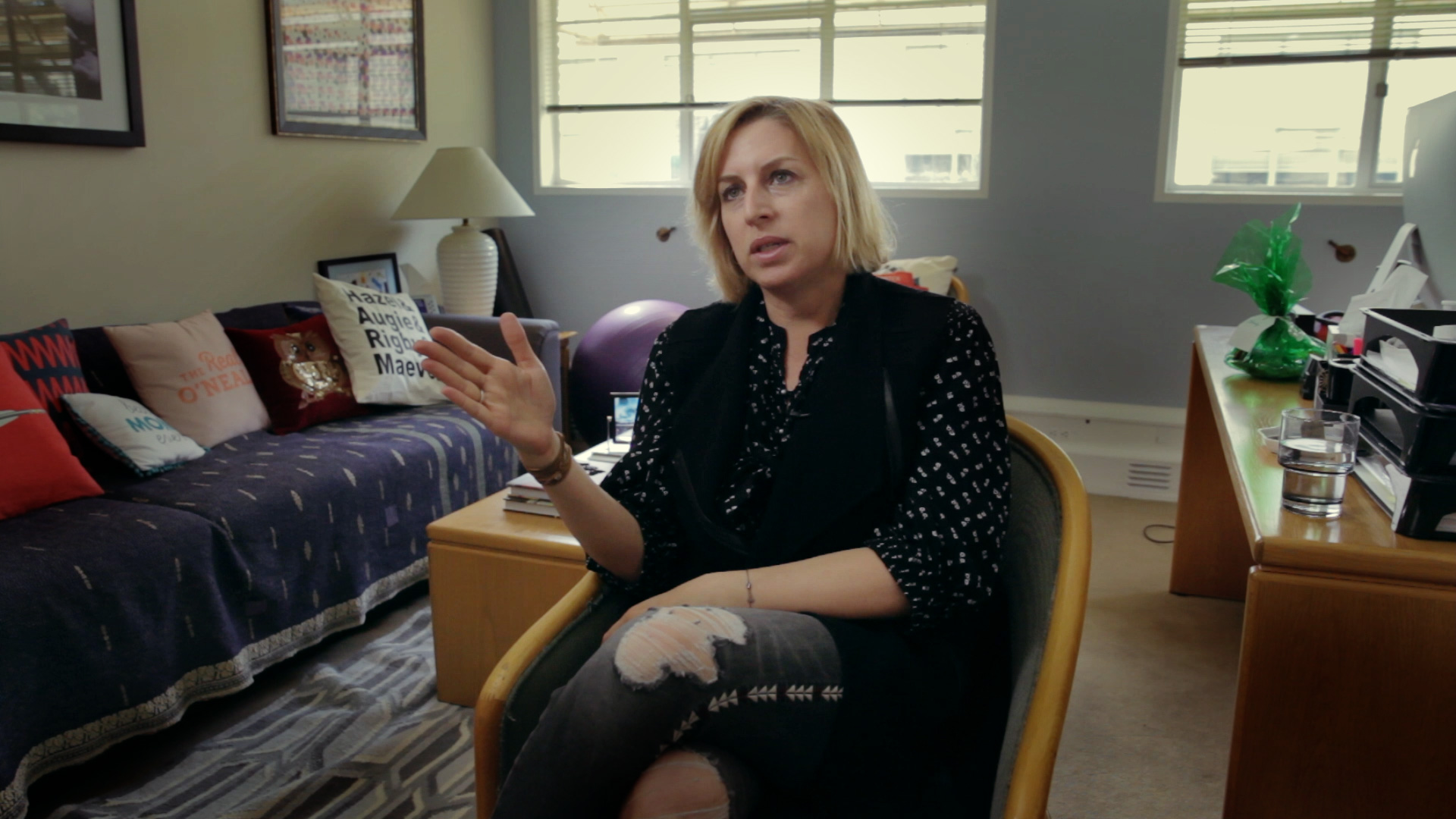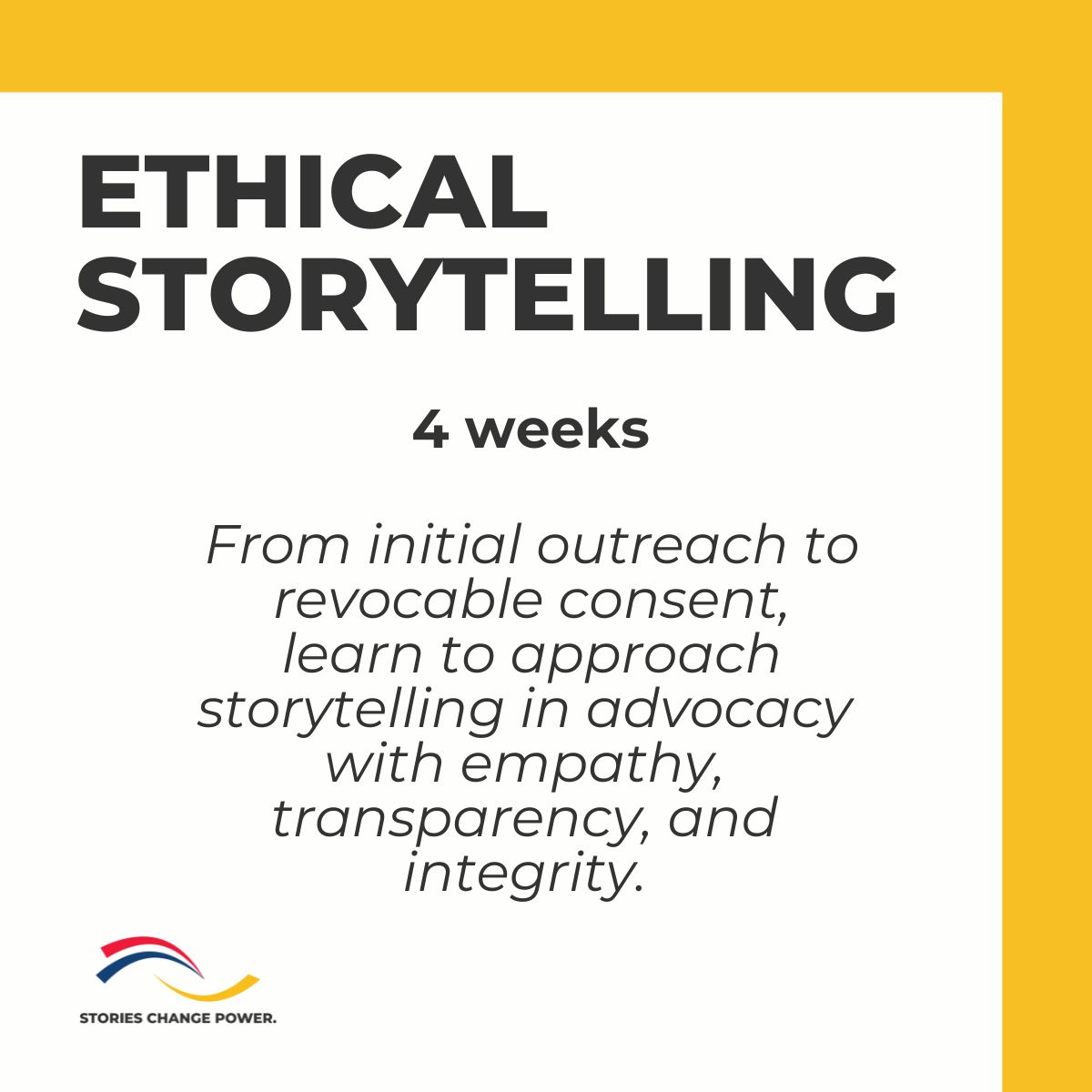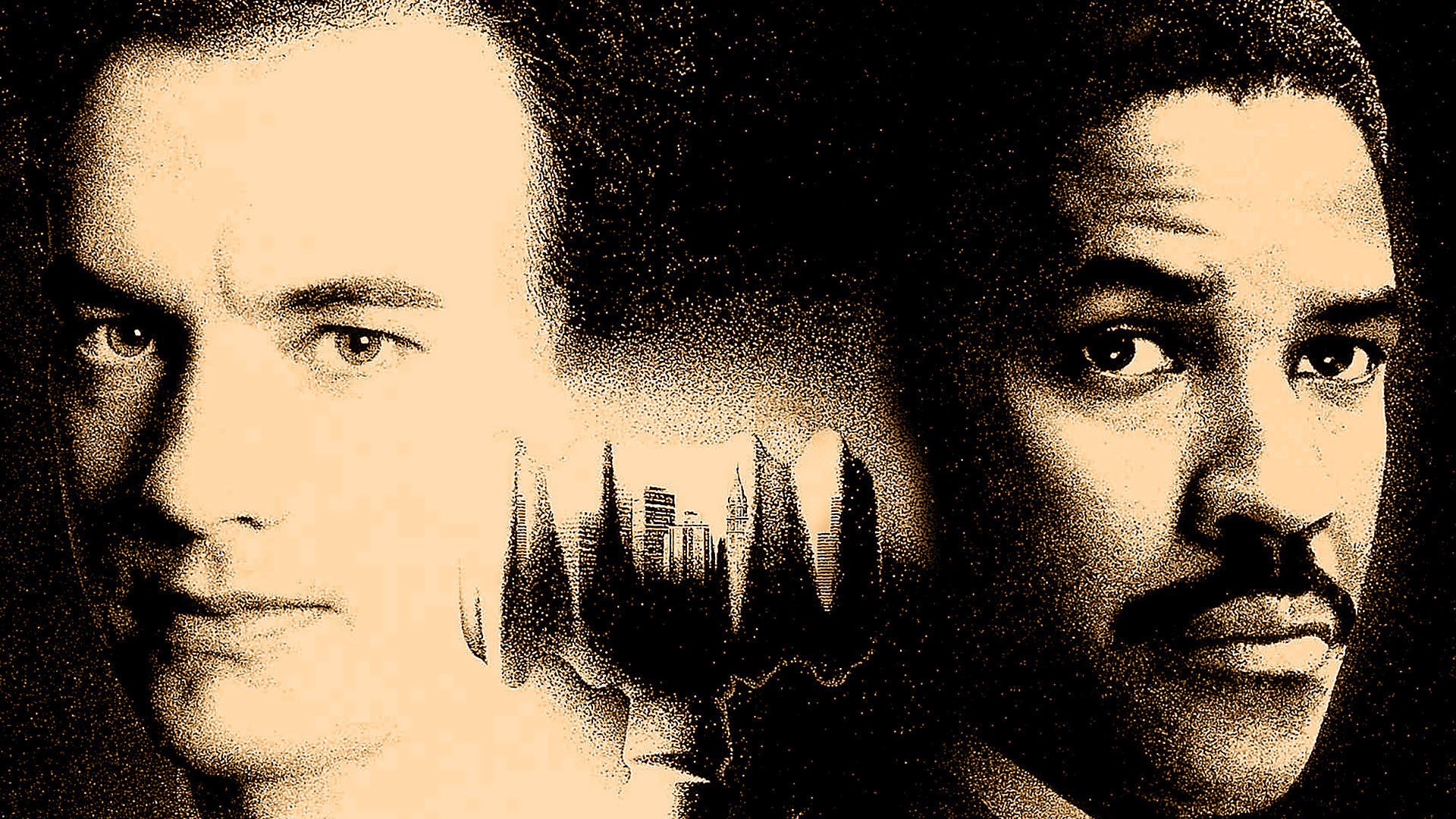In this case, it felt like common sense. By “case,” I mean actual litigation as our work ultimately would be one of too few matters to eventually reach a courtroom. But we didn’t know that then.
On that seasonably hot afternoon in West Africa, we were still building our case. We knew two of our clients were women who had endured horrendously cruel assaults. As only two lawyers – me, a woman, and him, a man – of course I would be the one to hear and support their testimony.
This, my first introduction to ethical storytelling, dropped me into the deep end along with the clients depending on me to know how to swim. Being in such an extreme situation, my duty to them seemed obvious. Every step of the process, from revisiting the nightmares they lived to later telling their stories to a federal judge – and everyone else in the courtroom – meant navigating potential harm and potential healing. While terms like “re-traumatization” weren’t yet in my vocabulary, my legal training equipped me with the concepts of consent, agency, and accountability.
A few years prior, a performance review had accused me of being “too nice,” including to opposing counsel. I laughed at the feedback then but now recognize another key element of ethical storytelling in it: dignity. Whether the goalie on a visiting team, a server at a restaurant, or literally opposing counsel, seeing people as people first no matter their role is always important, but that’s especially true when a person is relying on you to share their story.
Years after the positive resolution of that case, I left law for documentary filmmaking. Today, I lead a nonprofit that equips people to use stories to change laws, policies, and systems. Put another way, Stories Change Power equips people to be effective, empathetic, and trusted advocates – and ethical storytelling is at the core of those three elements:
Being effective means knowing how to share a story that moves people to feel, think, and act, without sacrificing truth or complexity. It means being real, including things that may be hard to hear – and even harder to share.
Being empathetic means approaching each person’s story with humility, treating them how they want to be treated, and resisting the urge to impose your own narrative onto someone else’s.
Being trusted means earning the confidence of those you’re supporting, including by being clear about the process, transparent about potential challenges, and following through on your commitments. It means ensuring people retain their own power when their stories are told.
Stories have the power to shift perspectives, ignite action, and build bridges. That’s why so many of us—filmmakers, nonprofit communicators, journalists, artists—devote ourselves to the craft of storytelling. We believe in its power.
But too often in sharing stories we forget that with that power comes responsibility: to tell stories ethically. Too often, even with good intentions, storytellers forget to center the very people whose lives are forever part of the story. Ethical storytelling isn’t just about avoiding harm; it’s about intentionality and respect at every stage—before, during, and yes, after a story is told.
Ethical storytelling begins with relationships. Before you pick up a camera or write a word, ask yourself: Are you seeking fully informed consent, not just permission? Do you know to whom the story truly belongs—and who should help shape it? Are you ready to step back, slow down, and make space as needed?
As the story develops, ethical storytellers use care in framing. Is it true to the people involved or leaning into stereotypes to make a narrative more dramatic? Are quotes accurate or edited in a way that shifts meaning, even unintentionally? There are quiet places where harm can creep in—not out of malice, but out of habit, pressure, or the desire to make something “compelling.” Ethical stories are both compelling and honest; they can both move people and still be fair.
Ethical storytellers know their responsibility continues after a story is shared. What happens when the story is released into the world? Do the people whose stories were shared feel proud—or exposed? Do they benefit from its telling? Too often, storytellers move on to the next project, while the people in the story are left carrying its consequences, good or bad. Ethical storytellers stay in relationship – period.
In a world that often prioritizes efficiency and “impact,” ethical storytellers prioritize care. They recognize that stories—and the people inside them—are not “raw material” or resources to be “banked.” Done right, storytelling becomes not just a tool for change, but a practice of integrity and trust. I experienced that when my clients spoke truth to power in the courtroom all those years ago and emerged feeling more powerful themselves.
If this resonates with you, know you’re not alone. There’s a growing community of us recognizing that being ethical in our storytelling isn’t optional – it’s essential. This June (and again in future months), Stories Change Power is offering a four-week course that covers everything from initial approach to revocable consent. If you’re ready to share stories with more thoughtfulness, more accountability, and more heart, I hope you’ll join us.


